Aging is often thought of as a slow, gradual process that brings physical changes over time. But if you look closer, it’s clear that many signs of aging—wrinkles, aches, gray hair—don’t appear as gradually as we might expect. According to a study published in Nature Aging, certain ages bring sudden "bursts" of accelerated aging. These bursts can speed up the aging process without us even noticing.
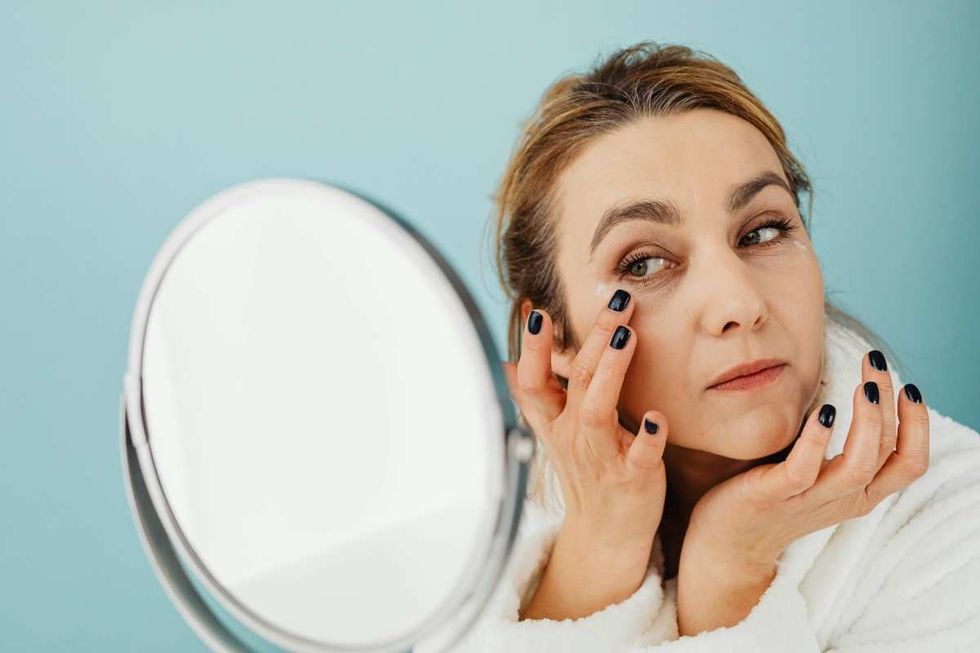
The study, conducted by scientists from Stanford University and Nanyang Technological University, followed 108 participants between the ages of 25 and 75. The participants were tracked for a median period of 1.7 years, with a maximum follow-up duration of 6.8 years, to observe molecular changes associated with aging. By performing comprehensive multi-omics profiling, the researchers found that substantial dysregulation occurs at two major periods, approximately 44 years and 60 years of chronological age.
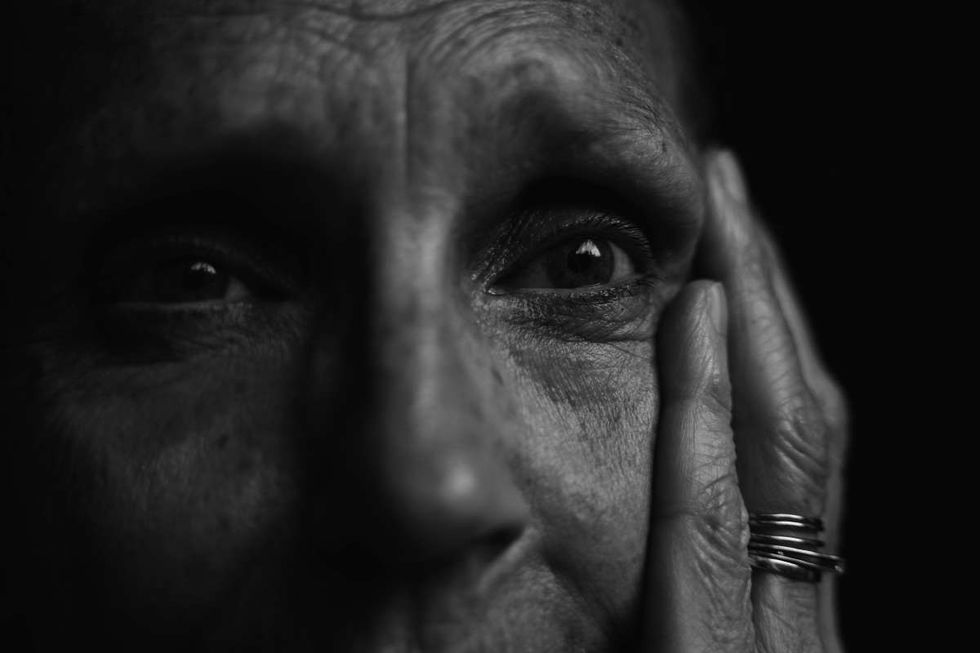
To get a better understanding, the researchers studied the male and female datasets separately. This was done because, for women, menopause could have been the reason for the accelerated aging. Since menopause is mostly experienced between the age bracket of 45 to 55, the researchers thought it best to analyze the datasets separately. However, they were surprised to find similar results. The study suggested that a transition point around age 55 could be a common phenomenon for both sexes.
"We are not becoming old gradually," Xiaotao Shen, an assistant professor in microbiome medicine at Nanyang Technological University and first author of the study, told CNN. He added that some points in time are more significant for aging and health. During these points, there is a spike in health issues and several other physical factors. There is a change in the protein and various other aspects of the internal body that cause changes in the skin, muscles, and other organs.
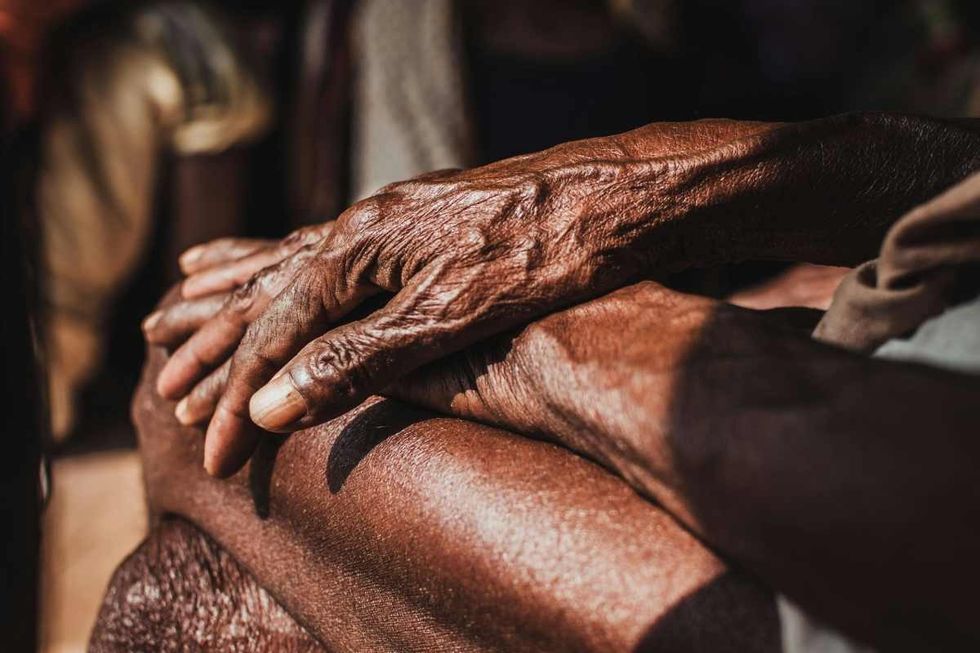
The first wave at 45 or so deals with cardiovascular changes. Additionally, the body's ability to metabolize substances like alcohol and caffeine decreases. The second wave in the aging process is more concerned with the immune system, kidney functioning, etc. It was also noted that skin changes like the appearance of wrinkles are possible at both waves. Michael Snyder, chair of the Department of Genetics at Stanford, elaborated on the two waves of aging, saying, “People often get muscle injuries and see their fat accumulation hit in their 40s (related to lipid metabolism), and definitely sarcopenia (muscle loss) hit people in their 60s — this is a big deal.”

Coming to the understanding of what we can do to effectively combat these waves, the researchers suggest practicing while one is healthy. Simple observations, maintaining healthy lifestyles, and looking after various components of the body can greatly help. As for dealing with the waves, there is nothing more to do than closely taking care of one's body and slowing down on the habits or practices that can affect the process negatively.







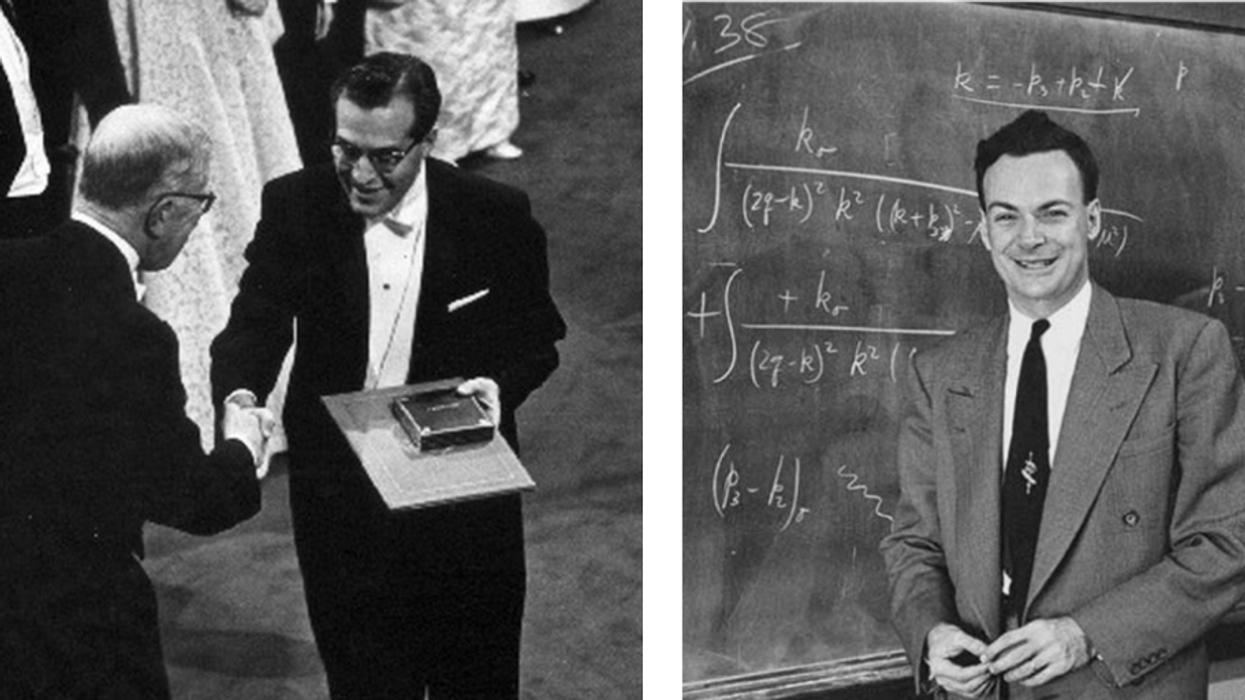









 Pexels | Photo by Andrea Piacquadio
Pexels | Photo by Andrea Piacquadio
 An Atlantic grey seal looking at the camera underwater. (Representative Image Source: Getty Images | Mark Chivers)
An Atlantic grey seal looking at the camera underwater. (Representative Image Source: Getty Images | Mark Chivers) A grey seal swims up to a scuba diver. (Representative Image Source: Getty Images | Huw Thomas)
A grey seal swims up to a scuba diver. (Representative Image Source: Getty Images | Huw Thomas) A Grey seal nibbles at the hood of a scuba diver. (Representative Image Source: Getty Images | Bernard Radvaner)
A Grey seal nibbles at the hood of a scuba diver. (Representative Image Source: Getty Images | Bernard Radvaner)
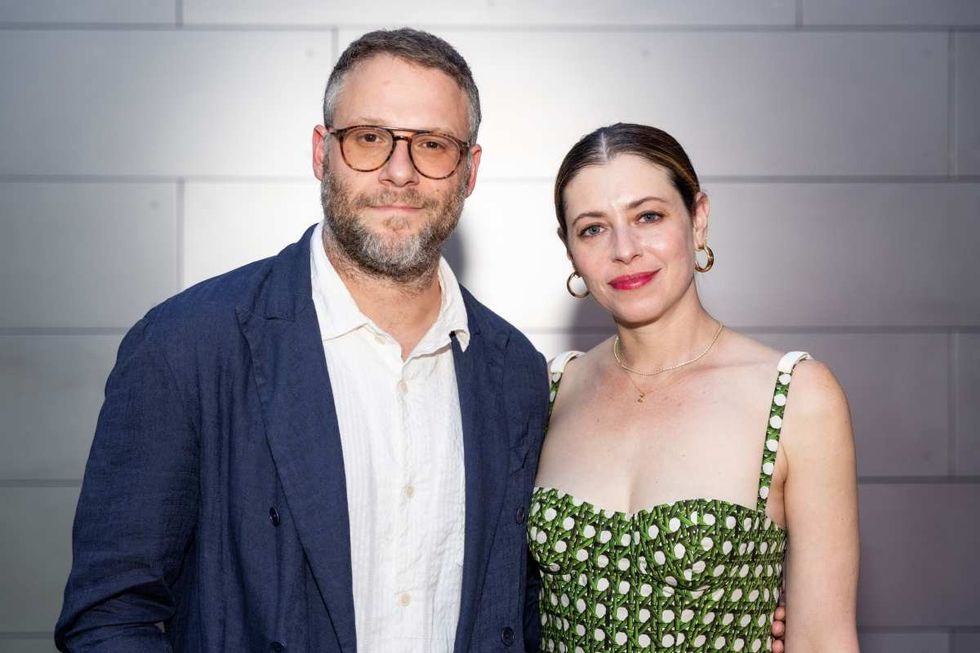 Image Source: Seth Rogen and Lauren Miller Rogen co-host the HFC Austin Brain Health Dinner on September 30, 2023, in Austin, Texas. (Photo by Rick Kern/Getty Images for Hilarity for Charity)
Image Source: Seth Rogen and Lauren Miller Rogen co-host the HFC Austin Brain Health Dinner on September 30, 2023, in Austin, Texas. (Photo by Rick Kern/Getty Images for Hilarity for Charity) Image Source: Seth Rogen and Lauren Miller Rogen attend the 95th Annual Academy Awards on March 12, 2023 in Hollywood, California. (Photo by Arturo Holmes/Getty Images )
Image Source: Seth Rogen and Lauren Miller Rogen attend the 95th Annual Academy Awards on March 12, 2023 in Hollywood, California. (Photo by Arturo Holmes/Getty Images ) Image Source: YouTube |
Image Source: YouTube |  Image Source: YouTube |
Image Source: YouTube | 
 Image Source: In this handout photo provided by the National Science Foundation, the Event Horizon Telescope captures a black hole at the center of galaxy M87 in an image released on April 10, 2019. (National Science Foundation via Getty Images)
Image Source: In this handout photo provided by the National Science Foundation, the Event Horizon Telescope captures a black hole at the center of galaxy M87 in an image released on April 10, 2019. (National Science Foundation via Getty Images)
 Representational Image Source: Pexels I Photo by Nataliya Vaitkevich
Representational Image Source: Pexels I Photo by Nataliya Vaitkevich Representative Image Source: Pexels | Kampus Production
Representative Image Source: Pexels | Kampus Production
 Image Source: Destroyed vehicles lie near the rubble after the earthquake and tsunami devastated the area on March 16, 2011, in Minamisanriku, Japan. The 9.0 magnitude strong earthquake struck offshore on March 11 at 2:46 pm local time, triggering a tsunami wave of up to ten meters which engulfed large parts of north-eastern Japan. (Photo by Chris McGrath/Getty Images)
Image Source: Destroyed vehicles lie near the rubble after the earthquake and tsunami devastated the area on March 16, 2011, in Minamisanriku, Japan. The 9.0 magnitude strong earthquake struck offshore on March 11 at 2:46 pm local time, triggering a tsunami wave of up to ten meters which engulfed large parts of north-eastern Japan. (Photo by Chris McGrath/Getty Images) Representative Image Source: Pexels | Pixabay
Representative Image Source: Pexels | Pixabay Representative Image Source: Pexels | Stuart Pritchards
Representative Image Source: Pexels | Stuart Pritchards
 Image Source: Musician Keith Urban and actress Nicole Kidman arrive at the 2009 American Music Awards at Nokia Theatre L.A. Live on November 22, 2009 in Los Angeles, California. (Photo by Jeffrey Mayer/WireImage)
Image Source: Musician Keith Urban and actress Nicole Kidman arrive at the 2009 American Music Awards at Nokia Theatre L.A. Live on November 22, 2009 in Los Angeles, California. (Photo by Jeffrey Mayer/WireImage) Image Source: Keith Urban and Nicole Kidman attend The 2024 Met Gala on May 06, 2024 in New York City. (Photo by John Shearer/WireImage)
Image Source: Keith Urban and Nicole Kidman attend The 2024 Met Gala on May 06, 2024 in New York City. (Photo by John Shearer/WireImage) Image Source: Musician Keith Urban and actress Nicole Kidman arrive at the Oscars on February 24, 2013 in Hollywood, California. (Photo by Jeff Vespa/WireImage)
Image Source: Musician Keith Urban and actress Nicole Kidman arrive at the Oscars on February 24, 2013 in Hollywood, California. (Photo by Jeff Vespa/WireImage)
 Representative Image Source: Pexels | August de Richelieu
Representative Image Source: Pexels | August de Richelieu Representative Image Source: Pexels | August de Richelieu
Representative Image Source: Pexels | August de Richelieu Representative Image Source: Pexels | Djordje Vezilic
Representative Image Source: Pexels | Djordje Vezilic Representative Image Source: Pexels | Fauxels
Representative Image Source: Pexels | Fauxels